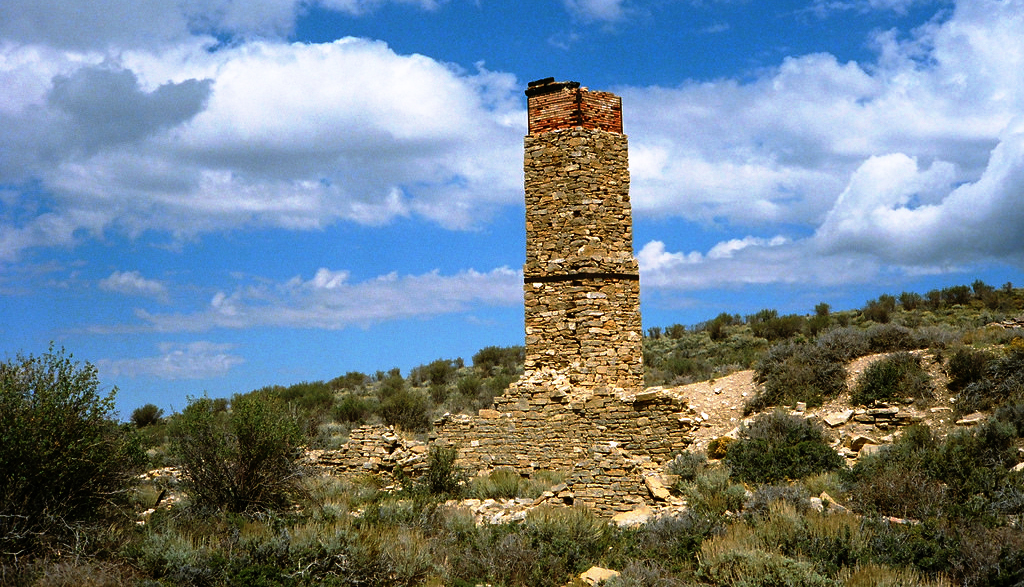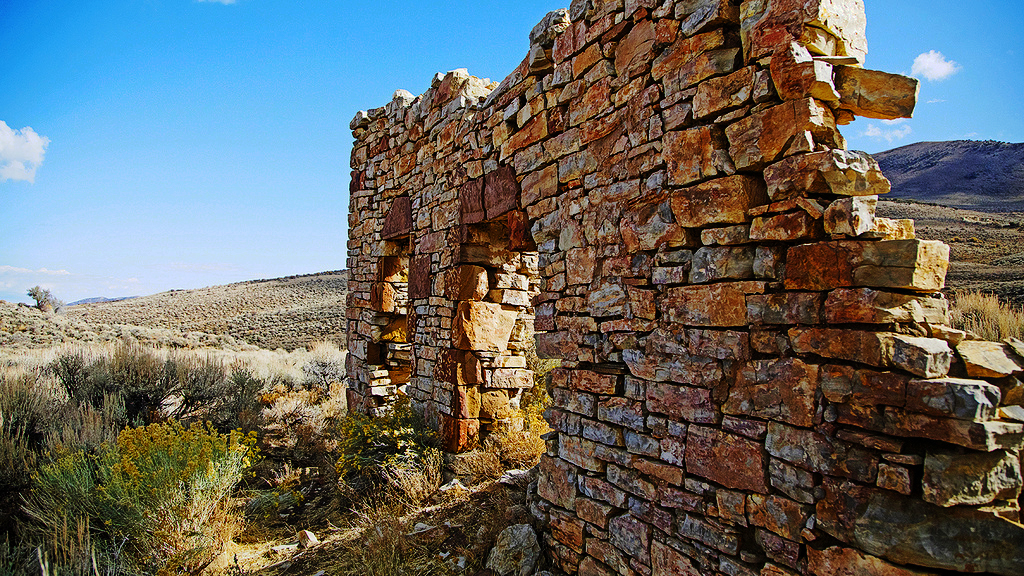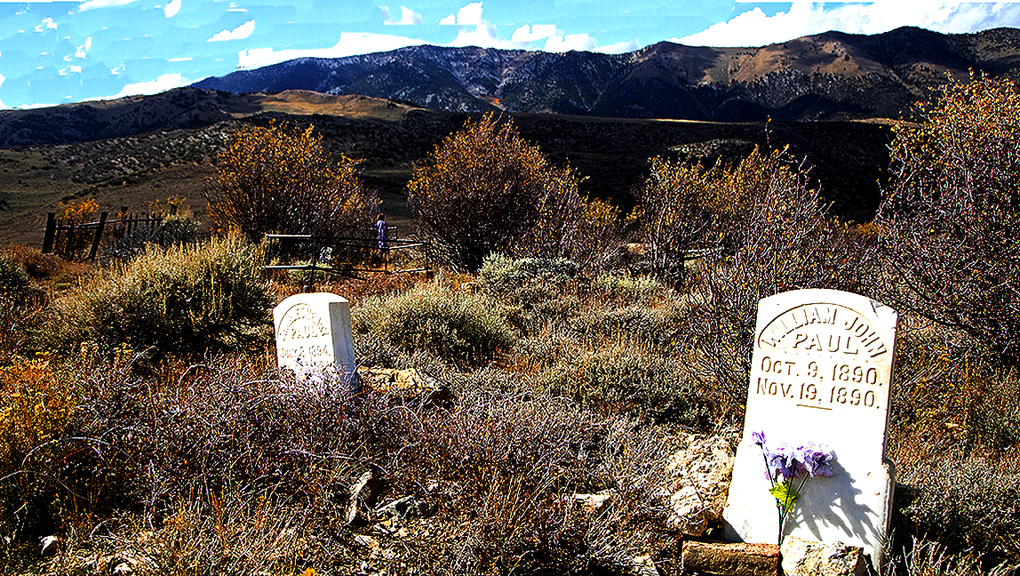




|
Top to bottom: Photographs courtesy--Bryan Chernic; Sydney Martinez; Sydney Martinez; Bryan Chernick. I edited and processed the images through photoshop. In late 1867 prospectors discovered rich silver ore bodies on Treasure Hill, but in quick time they proved to be shallow mineral reserves subject to rapid exploitation. By the end of 1868 some 10,000 adventurers had flocked to the district--most suffering through the typically severe winter conditions of eastern Nevada in hastily and poorly constructed mud huts, dugouts, houses of rough timber, and cotton tents. Water, timber, land, and mineral rights were all claimed, sold, and re-claimed many times over in a delirium of inflated speculation. Give the planners some credit, though. Before even a single child had appeared in Hamilton, citizens had already organized a school district complete with an elected board of trustees and a school site. By March, 1869, Hamilton became the county seat of White Pine County. Approximately 20,000 folks had rushed in. The downtown district featured 101 saloons, 59 general stores, dozens of lawyers, doctors, churches, fraternal orders, fire companies, banks, jewelers, theaters, miners' union, skating rinks, auction houses, breweries, a soda factory, gunsmiths, pawnbrokers, express facilities, and even a daily paper--the Daily Inland Impire. During the flush times, Hamilton had 195 incorporated mining companies, with stocks valued at over 70 million dollars. The peak years of mineral production were 1869 and 1970, when ore companies extracted $1,823,868 and $2,137,801 worth, respectively, from the mines. But the boom subsided quickly. A census conducted in 1870 showed that Hamilton's population had dropped to 6,800. A primary explanation for the sudden decrease was a local depression precipitated by uncertainty over the future of mining development. The shallow silver resources were vanishing, and speculators discovered that they could no longer realize up to $20,000 a crack for a "hole in the ground." By the hundreds miners packed up their beans and blankets and walked off. Hamilton's merchants also began to move out en mass. Still, Hamilton hung on for several additional years, even managing to survive the devastating fires of 1873 and 1885. Eventually, though, when Hamilton lost the county seat to Ely in 1887, the end was in sight. A minor resurgence of mineral interest in 1925 brought in a few hundred people, but the mini-boom went bust in a hurry and Hamilton returned to the ghosts. |